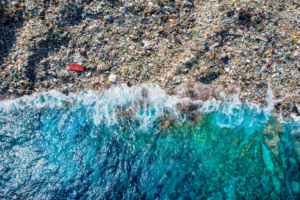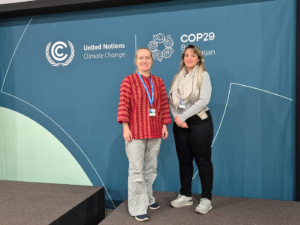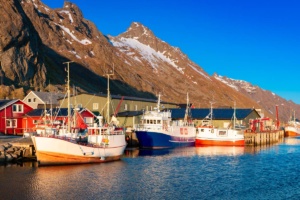What we know, what we do not know.
Oceans are resilient ecosystems that sustain human health, regulate climate and ensure terrestrial environments. Blue growth and blue economy development are major topics connected to the United Nations (UN) Sustainable Development Goal (SDG) 14 Life Below Water, which aims to conserve and sustainably use the oceans, seas and marine resources for sustainable development.
Still, based on the Food and Agriculture Organization (FAO) assessment around 35% of the fish stocks of the world’s marine fisheries are already classified as overexploited. In line with this, there is a raising awareness about how to protect the oceans while enhancing the blue growth.

A rising demand for fish oil products has opened market opportunities, and so an increase in the prices for derived products. In general terms, about 73% of fish oil is destined for aquaculture, while 16% is used for human consumption. Considering the state of some of the stock fisheries, finding alternative resources is a priority for both research and industry. Low trophic marine species have been targeted as one of the biggest unexploited marine resources (up to 10 billion tons) that could provide a valuable source of different compounds. However, the lack of knowledge makes it challenging to find these marine inhabitants while specific figures on their real biomass are still unknown. Then, what do we know about them? What can these species provide us with?
Starting from the very beginning, the term “low trophic” refers to its position in the marine food chain. These species constitute the base of the diet of many species, including pelagic fish such as cod, herring, mackerel… A simpler way of understanding is: the big fish eat the small fish. This fact makes low trophic marine species essential for the sustain of the marine food web. Furthermore, from a nutritional point of view, being in low trophic levels provides some valuable aspects. These organisms are considered as primary consumers, therefore the energy loss during incorporation of nutrients is very low. On the contrary, higher scale organisms in the food chain consume nutrients that have been transferred throughout different levels. While the energy transfer is reduced in this process, the bioavailability of pollutants increases in upper levels of the food chain. A general recommendation for fish intake is having 2-3 servings per week (Norwegian Dietary Guidelines), and even less for bigger fish such as tuna, shark or swordfish. One of the reasons is the presence of heavy metals in large individuals. This fact is even more important in vulnerable populations such as children, pregnant or breastfeeding women. In this sense, low trophic marine species would present minimal levels of pollutants, making this a more stable raw material in terms of food safety. The presence of pollutants including heavy metals and microplastics is being investigated since it can be variable depending on the species.
Some species such as krill (Euphausia superba) or the copepod Calanus finmarchicus. are already being harvested and produce oil derived products for human consumption, but also ingredients for feed. Also, the use of these nutrients in feed is being studied as a way of improving the feed formula for cultured species, as well as for reducing the land use for feed production.

However, further processing of these species poses some challenges due to a large variation on its nutritional composition. The variability may be influenced by catch contribution of different species, maturity stage, size, location, seasonality, diet… Technological applications will be limited then due to this, and so the yield and quality of the nutrients. Furthermore, the presence of long chain polyunsaturated fatty acids (PUFAs) and a high endogenous enzymatic activity make these species very easy to degrade. Therefore, it is necessary to understand the biochemical process involved to stabilize the raw material and ensure its quality.
All these, along with the challenges and opportunities, there is a lot of research going on for the utilization of low trophic marine species. It is essential to remark on the importance of following sustainable fishing policies. The oceans have a great resilient capacity, and less pressure on species that are currently overexploited could favor the stabilization of populations. For this reason, although the use of new marine species may be attractive, we cannot forget that any action should be responsible and ecologically, energetically, and economically sustainable.











Comments
No comments yet. Be the first to comment!